Henrique Hoeltgebaum
Prospective Artificial Intelligence Approaches for Active Cyber Defence
Apr 20, 2021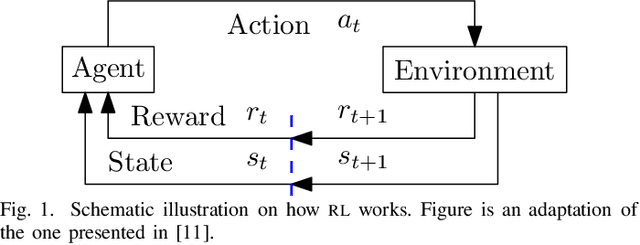
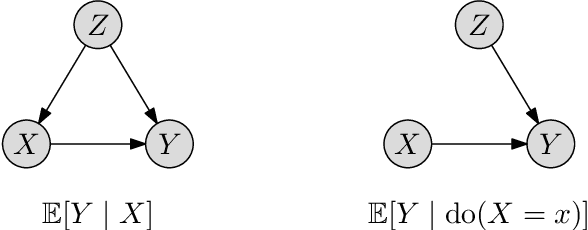
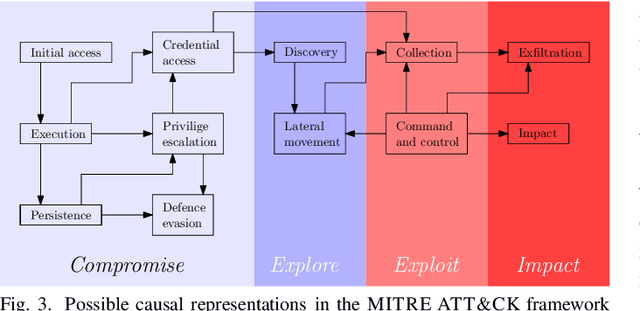
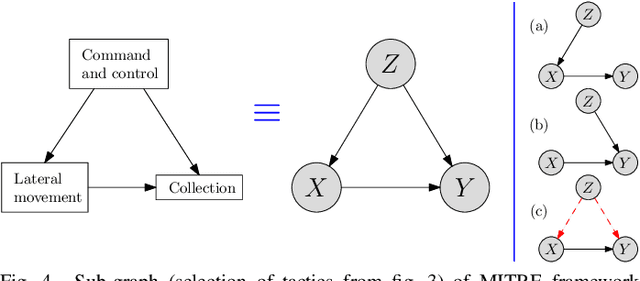
Abstract:Cybercriminals are rapidly developing new malicious tools that leverage artificial intelligence (AI) to enable new classes of adaptive and stealthy attacks. New defensive methods need to be developed to counter these threats. Some cybersecurity professionals are speculating AI will enable corresponding new classes of active cyber defence measures -- is this realistic, or currently mostly hype? The Alan Turing Institute, with expert guidance from the UK National Cyber Security Centre and Defence Science Technology Laboratory, published a research roadmap for AI for ACD last year. This position paper updates the roadmap for two of the most promising AI approaches -- reinforcement learning and causal inference - and describes why they could help tip the balance back towards defenders.
Gaussian Process Nowcasting: Application to COVID-19 Mortality Reporting
Feb 22, 2021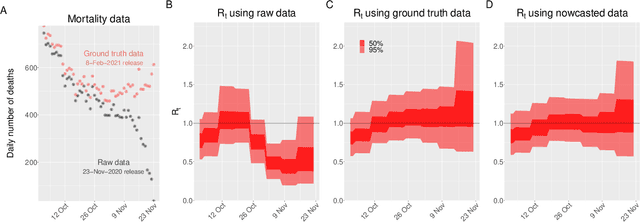

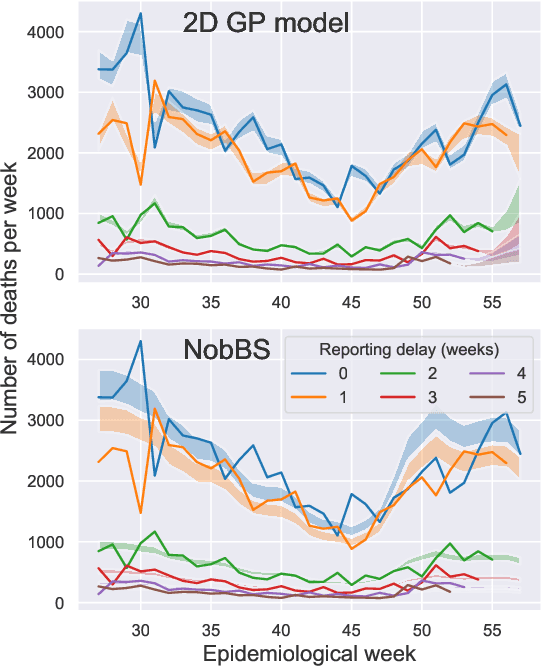
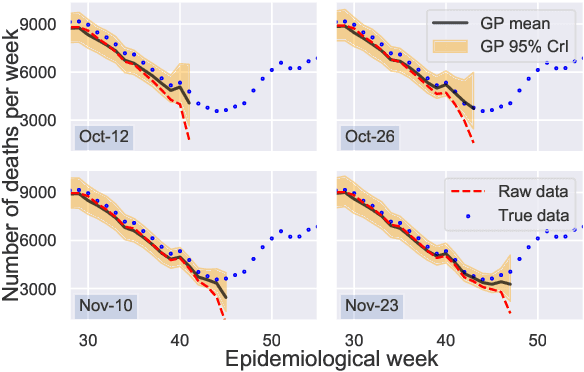
Abstract:Updating observations of a signal due to the delays in the measurement process is a common problem in signal processing, with prominent examples in a wide range of fields. An important example of this problem is the nowcasting of COVID-19 mortality: given a stream of reported counts of daily deaths, can we correct for the delays in reporting to paint an accurate picture of the present, with uncertainty? Without this correction, raw data will often mislead by suggesting an improving situation. We present a flexible approach using a latent Gaussian process that is capable of describing the changing auto-correlation structure present in the reporting time-delay surface. This approach also yields robust estimates of uncertainty for the estimated nowcasted numbers of deaths. We test assumptions in model specification such as the choice of kernel or hyper priors, and evaluate model performance on a challenging real dataset from Brazil. Our experiments show that Gaussian process nowcasting performs favourably against both comparable methods, and a small sample of expert human predictions. Our approach has substantial practical utility in disease modelling -- by applying our approach to COVID-19 mortality data from Brazil, where reporting delays are large, we can make informative predictions on important epidemiological quantities such as the current effective reproduction number.
 Add to Chrome
Add to Chrome Add to Firefox
Add to Firefox Add to Edge
Add to Edge